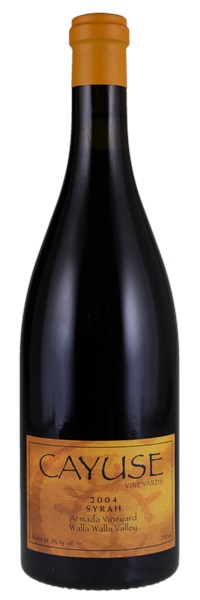Estimate

...spent 30 months in puncheon. Yields were under 1 ton per acre. Floral notes, mineral, scorched earth, meat and blueberry make for an enticing mix. An amalgam of black fruits, tar, and licorice appear on the palate.
High-toned aromas of raspberry and spice; conveys an impression of noble rusticity, like a great northern Rhone wine. Thick yet vibrant, with great retention of raspberry fruit complemented by notes of liquid rock and smoked meat.
Ripe, round and generous with its cherry, red berry and dusky spice flavors. Hints at tomato and savory notes as the finish persists, although the fruit just doesn’t quit.